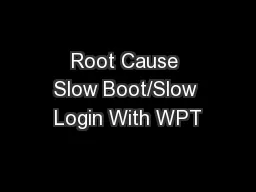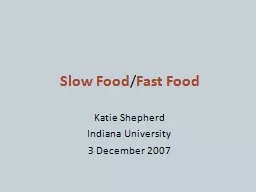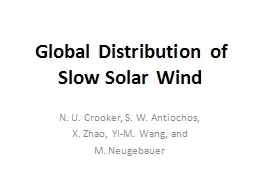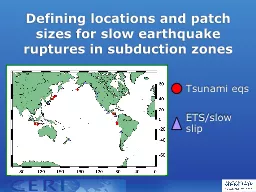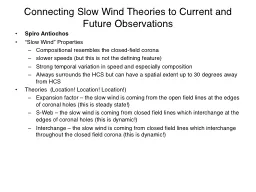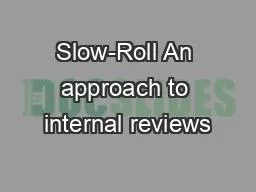PPT-Slow-Moving Shocks
Author : jane-oiler | Published Date : 2016-07-12
and FastMoving ICMEs Kristoff Paulson David Taylor Charles Smith Bernie Vasquez a nd Qiang Hu Paulson et al Space Weather submitted 2012 We can obtain the peak
Presentation Embed Code
Download Presentation
Download Presentation The PPT/PDF document "Slow-Moving Shocks" is the property of its rightful owner. Permission is granted to download and print the materials on this website for personal, non-commercial use only, and to display it on your personal computer provided you do not modify the materials and that you retain all copyright notices contained in the materials. By downloading content from our website, you accept the terms of this agreement.
Slow-Moving Shocks: Transcript
Download Rules Of Document
"Slow-Moving Shocks"The content belongs to its owner. You may download and print it for personal use, without modification, and keep all copyright notices. By downloading, you agree to these terms.
Related Documents




